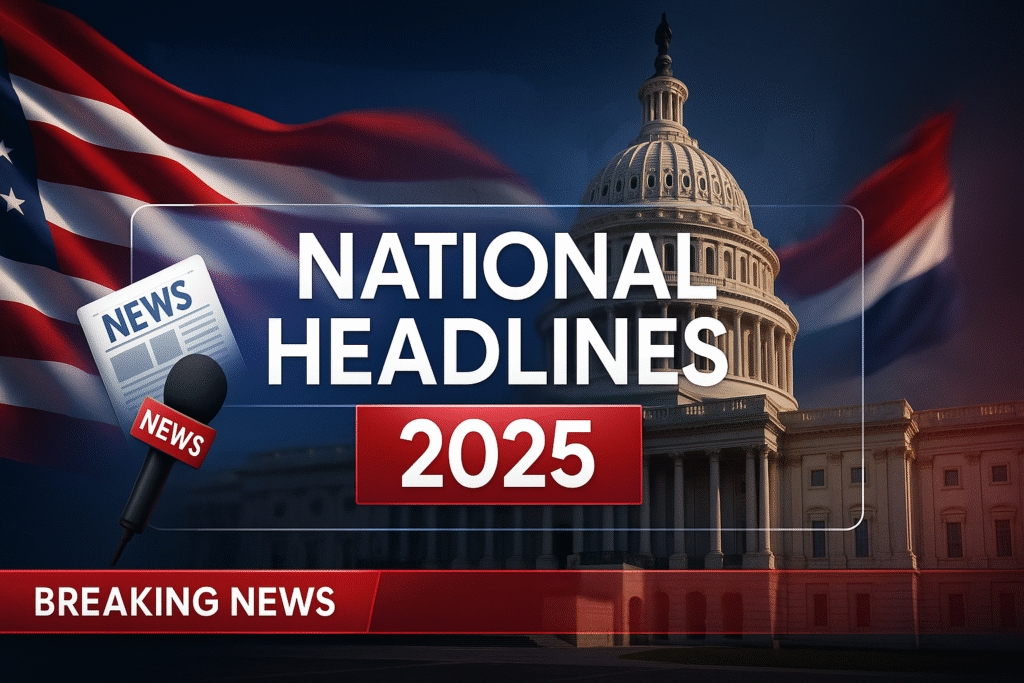Pakistan’s Political and Security Shift in Mid‑2025: Budget, Protests & Diplomacy

Pakistan’s Political and Security Shift in Mid‑2025: Defence, Protests & Diplomacy
Pakistan finds itself at a political crossroads in mid‑2025. From a major defence spending surge to paramilitary reorganizations and mass protests in Balochistan, the country is witnessing seismic shifts in governance and public sentiment.
A 20% Defence Budget Surge Amid Regional Tensions
Announced recently, Pakistan is poised to increase its defence expenditure by nearly 20%, raising the budget to about $9 billion. The step comes in the wake of escalating tensions with India, including recent airstrikes on Pakistani soil. The funding will be reallocated from subsidies and public programs.
Prime Minister Shehbaz Sharif called for contributions from the elite to support national security. While remaining well below India’s $80 billion defence budget, Pakistani analysts argue these funds are vital to modernize the military and restore strategic assurance. Offers of Chinese military hardware, including advanced jets and missile systems, are part of the modernization plan.:contentReference[oaicite:1]{index=1}
New Federal Constabulary Raised Security Concerns
In response to mounting protests expected from Imran Khan’s PTI supporters, Pakistan has transformed its Frontier Constabulary into a nationwide force: the Federal Constabulary. This new body will oversee riot control, internal security, and counter-terrorism operations.
Critics warn the move may suppress political dissent, pointing out that the law was passed without parliamentary debate. Human rights advocates and PTI leaders fear misuse of the force to stifle legitimate protest.:contentReference[oaicite:2]{index=2}
Balochistan Protests Escalate After Hijacking Incident
Since March 2025, Balochistan has been engulfed in unrest following the hijacking of the Jaffar Express by the Baloch Liberation Army. The resulting protests call for the release of disappeared individuals and accountability for civilian deaths linked to the hijacking and subsequent crackdowns by security forces.
Authorities have detained prominent activists, including Mahrang Baloch, triggering protests across Quetta, Karachi, and an international diaspora presence. Despite condemnations from the UN and rights groups, the crackdown continues—raising concerns over enforced disappearances and civil liberties.:contentReference[oaicite:3]{index=3}
Political Realignments and New Parties Emerge
Reham Khan, former journalist and ex-wife of Imran Khan, launched the Pakistan Republic Party (PRP) on July 15, 2025. It presents itself as an anti‑dynastic, reformist alternative to established parties like PTI, PML‑N, and PPP.
The PRP manifesto pledges to uplift common citizens, fight corruption, and restore merit-based politics—an appeal aimed at voters disillusioned with traditional power structures.:contentReference[oaicite:4]{index=4}
Economic Overhaul: Uraan Pakistan and Beyond
Meanwhile, the government’s five-year economic strategy—Uraan Pakistan—is seeking to transform growth across digitalization, exports, and infrastructure. Launched in late 2024, the plan aims to double exports by 2029, stabilize fiscal policy, and pursue sustainable development. Although budget constraints grow tighter due to rising defence costs, Uraan remains central to the administration’s narrative.:contentReference[oaicite:5]{index=5}
Natural Disasters Add Pressure
Heavy monsoon rainfall has triggered devastating floods, especially in Punjab. Over 60 people died across Lahore and Chakwal, where 423 mm of rain fell—double the monthly average. Total fatalities since late June exceed 180, with millions affected by infrastructure collapse and displacement.:contentReference[oaicite:6]{index=6}
Why This Moment Matters
Several intersecting forces are shaping Pakistan’s trajectory:
- Geopolitical tension: Escalation with India pressures policymakers to reprioritize defence.
- Domestic discontent: New protests and political realignments signal voter distrust of status quo.
- Economic vulnerability: Inflation and IMF dependence complicate funding for development programs.
- Climate risks: Monsoon disasters expose persistent infrastructure gaps and climate fragility.
What’s Next for Pakistan?
Looking ahead, Islamabad faces a critical balancing act: managing security threats, enabling democratic expression, and advancing economic reform—all under increasing climate stress.
If the PRP gains traction, it could reshape Pakistan’s political equation. Meanwhile, effective implementation of Uraan and climate-resilient planning are essential to build trust—especially in flood‑hit regions.
Final Reflection
Mid‑2025 may prove a defining period in Pakistan’s modern history. Between elevated defence spending, protests, emerging political voices, and climate challenges, the government must navigate multiple crises simultaneously. The outcome will likely determine whether Pakistan steers toward reform—or further polarization.
Frequently Asked Questions (FAQs)
Q1: Why is Pakistan increasing its defence budget now?
Amid rising tensions with India and recent airstrikes, Pakistan is boosting defence funding to modernize its military and ensure territorial readiness.
Q2: What are the Balochistan protests about?
The protests began after a deadly train hijacking and subsequent arrests. Citizens are demanding the release of disappeared individuals and justice for victims.
Q3: Could the Pakistan Republic Party change the political landscape?
Possibly. PRP’s emphasis on merit-based leadership and anti‑dynastic values may attract voters tired of traditional parties, though its impact remains to be seen.